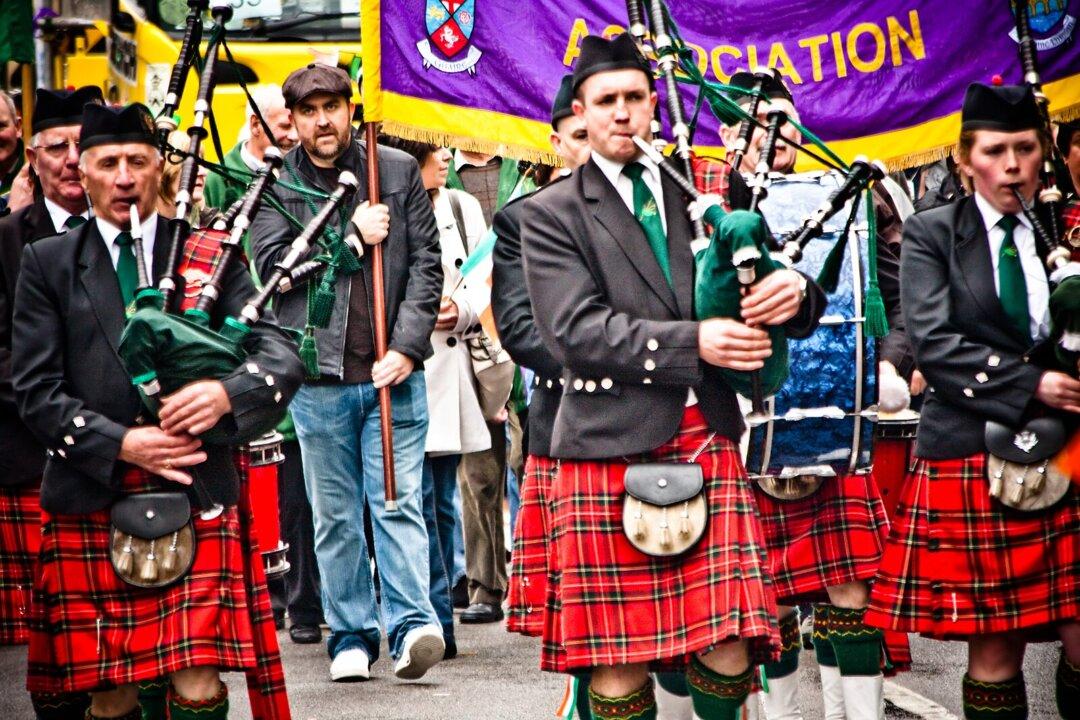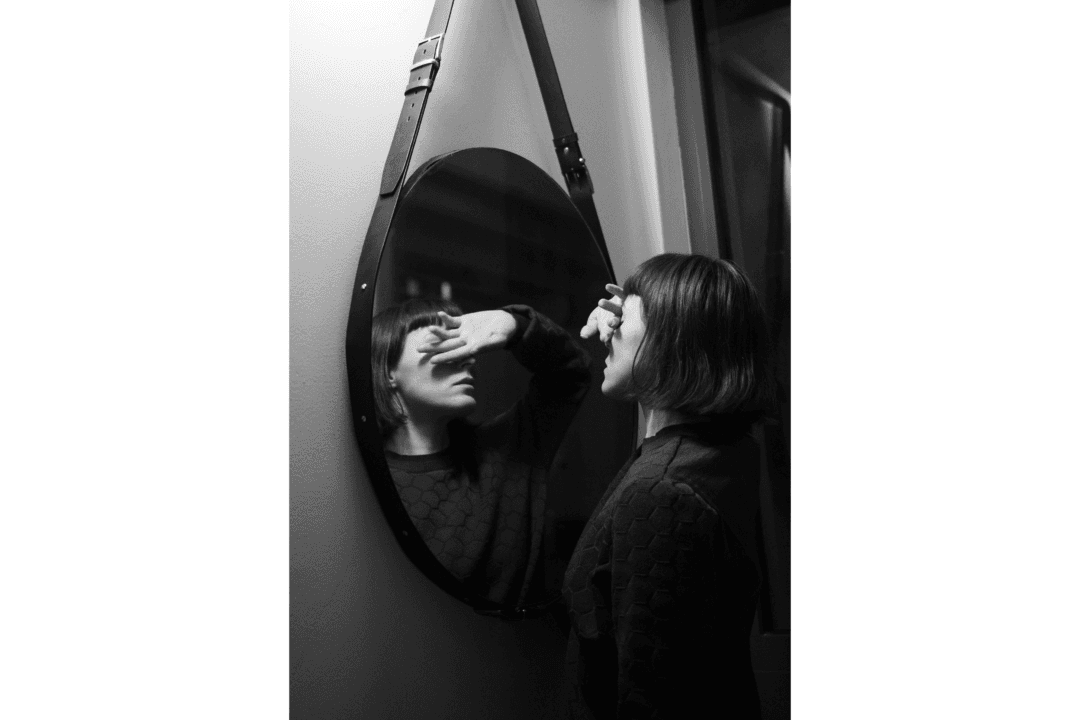Language that uses poetic meter, knowingly or unknowingly, is among the most powerful. Perhaps the most famous line in all of English literature is “To be or not to be, that is the question.”
This line from Shakespeare’s “Hamlet” falls almost perfectly into the iambic meter of one soft stress followed by one hard stress, depicted here with hard stresses capitalized: “to BE, or NOT, to BE, that IS, the QUES, tion” (the last soft syllable being a minor exception). These metrical rules apply to myriad phrases and sayings, such as “the BEST, laid PLANS, of MICE, and MEN,” and “WHEN in, ROME do, AS the, ROMans.”
Our first piece is from the ancient Greek poet Homer’s “Iliad,” with a superb translation by 18th-century English poet Alexander Pope. As you will hear, his musical language, structured with meter and repetition, has a feeling of movement to it that brings to life the fighting in the half-mythical Trojan War.
After that, we have a poem from living Californian poet Lorna Davis, who took second place in the Society of Classical Poets’ 2017 Poetry Competition. Here, musical words bring to life a very different topic, and the lush rhymes and meter mirror the beauty that can be found in an ordinary day. Note that the meter here is two soft beats followed by one hard beat, so the first line should be read “as i MUDD, le my WAY, through a REG, ular DAY ...”
Be sure to read these out loud—and enjoy!







